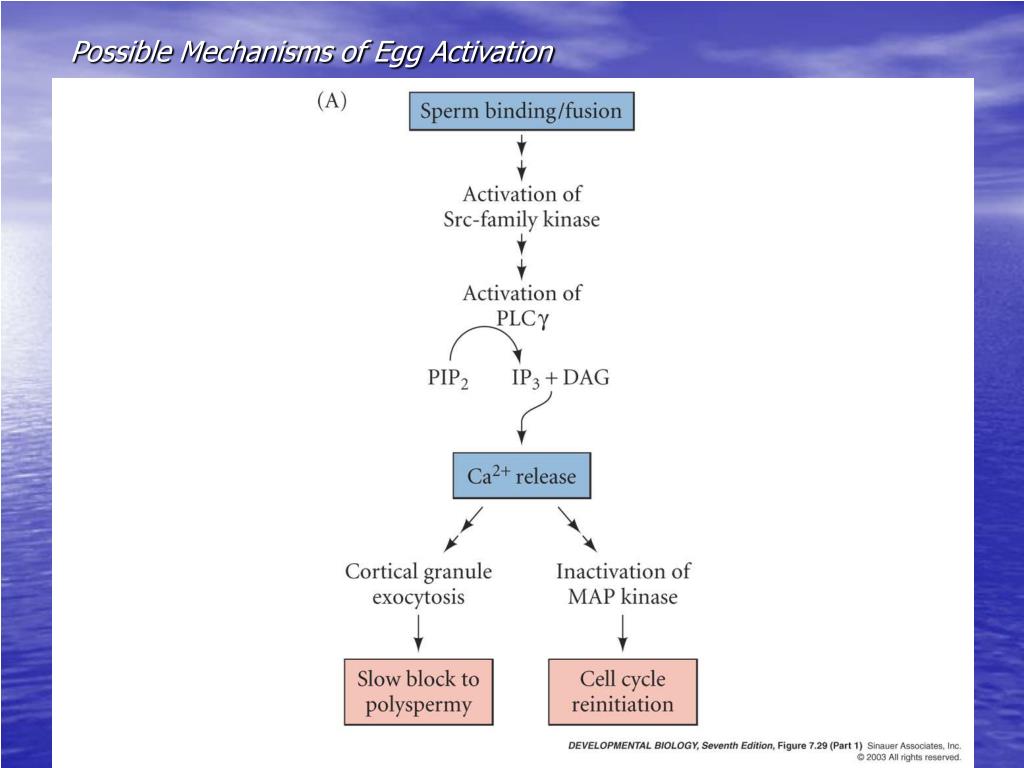
Atoms of Tritium and Deuterium (isotopes of hydrogen, Hydrogen-3 and Hydrogen-2, respectively) unite under extreme pressure and temperature to produce a neutron and a helium isotope. Nuclear fusion refers to the "union of atomic nuclei to form heavier nuclei resulting in the release of enormous amounts of energy" (Merriam-Webster Online, Fusion takes place when two low-mass isotopes, typically isotopes of hydrogen, unite under conditions of extreme pressure and temperature.įusion is what powers the sun. The word fusion means "a merging of separate elements into a unified whole". The high-speed neutrons that are ejected become projectiles that initiate other fission reactions, or chain reactions. This resulting energy is then used to heat water in nuclear reactors and ultimately produces electricity. This splits the target nucleus and breaks it down into two smaller isotopes (the fission products), three high-speed neutrons, and a large amount of energy. During the process, a neutron is accelerated and strikes the target nucleus, which in the majority of nuclear power reactors today is Uranium-235. These neutrons are accelerated and then slammed into the unstable isotope, causing it to fission, or break into smaller particles. Nuclear fission takes place when a large, somewhat unstable isotope (atoms with the same number of protons but different number of neutrons) is bombarded by high-speed particles, usually neutrons. In 1939, scientist began experiments, and one year later Enrico Fermi built the first nuclear reactor.


The surprising discovery that it was possible to make a nucleus divide was based on Albert Einstein’s prediction that mass could be changed into energy. The word fission means "a splitting or breaking up into parts" (Merriam-Webster Online, Nuclear fission releases heat energy by splitting atoms. They are opposing processes, and therefore very different. Both fission and fusion are nuclear processes by which atoms are altered to create energy, but what is the difference between the two? Simply put, fission is the division of one atom into two, and fusion is the combination of two lighter atoms into a larger one. The foundation of nuclear energy is harnessing the power of atoms. Its 25 megatons made it not only the most powerful single weapon in the US arsenal, but also the dirtiest.Inside the sun, fusion reactions take place at very high temperatures and enormous gravitational pressures Nonetheless, this principle was promptly weaponized, as when 500 copies of this three-stage fission/fusion/fission weapon (the Mark 41) was deployed on B-47 and B-52 bombers in the 1950s and 1960s. We first saw this in the powerful 15-megaton Castle Bravo test of March 1, 1954, which famously sickened Japanese fishermen. This arrangement produces the maximum power.īut most of this energy comes from fissioning, which is extremely dirty and produces lethal fallout that spreads far and wide. This alternating deuterium and uranium lets an atomic bomb’s fissioning ignite the deuterium fusion, whose fast neutrons then ignite fissioning in the uranium casing. It’s presumably what the North Koreans are using, too.Īccording to Hans Bethe, in his 1954 history of the H-bomb, Edward Teller’s original idea was to employ a small atomic fission bomb to start the fusion process in a nearby cylindrical tank of deuterium, which contains a “sparkplug” of highly fissionable U-235 at its center. This has been the basic design of every nuclear weapon for the past 60 years. Now they had a multistage explosive: a fission/fusion/fission process. So, very quickly, they learned to surround every H-bomb in a uranium casing. While a true hydrogen bomb creates a relatively clean explosion that results in relatively modest fallout, bomb designers long ago realized that fusion’s extreme heat and profusion of fast neutrons could efficiently initiate fission in materials that ordinarily couldn’t sustain fissioning, like inexpensive Uranium-238. You’d only need to stay there for two weeks. It may not be too paranoid to encourage any loved ones who live there to think about leaving – and, perhaps, reread my recent article detailing how you’d easily survive such an event if you live here, provided you or some cooperative friend invest $2,500 in creating a practical air-filtration system in the basement. We are reaching the time when there’s a realistic threat of a North Korean weapon hitting New York City. Last week’s news of significant North Korean ICBM advancements was followed by Hawaii resuming missile air raid warnings. Drawing in A Convenient Spy Wen Ho Lee and the Politics of Nuclear Espionage, Dan Stober and Ian Hoffman, Simon and Schuster, 2001, with permission.


 0 kommentar(er)
0 kommentar(er)
